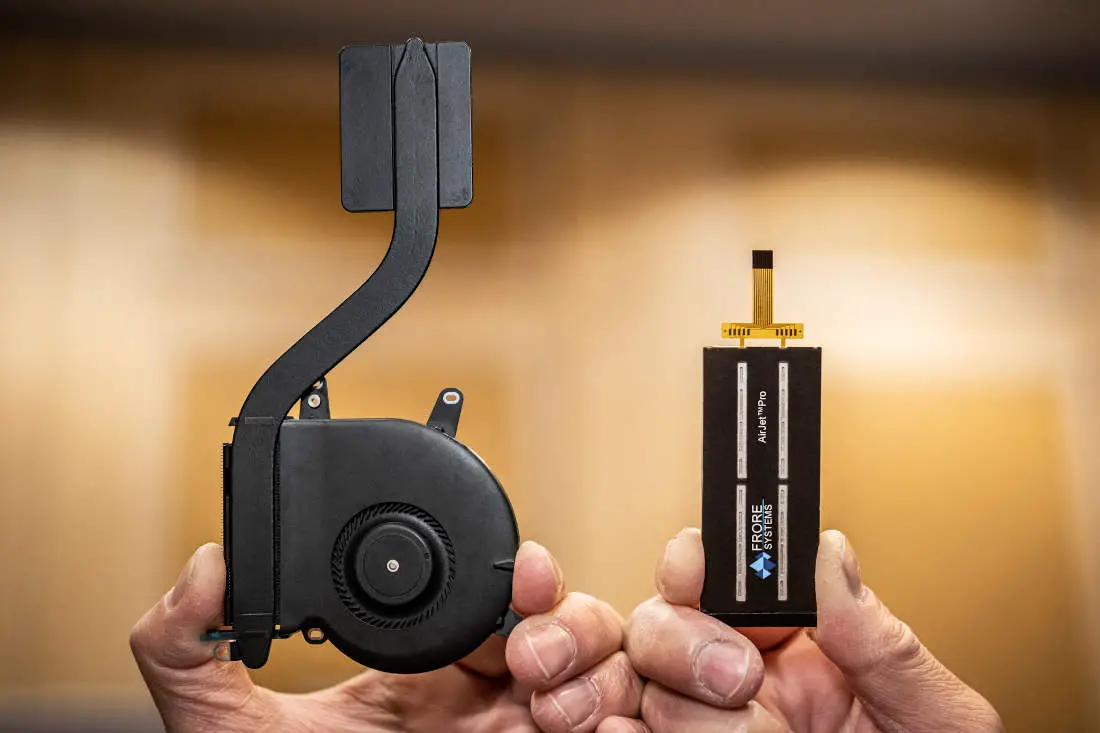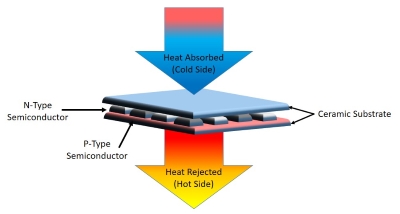
Solid-state cooling, in the context of PCs and electronics, refers to a cooling technology that relies on the principles of thermoelectric or Peltier cooling. Unlike traditional cooling methods that use fans, heat sinks, or liquid cooling systems, solid-state cooling doesn’t have any moving parts. Instead, it utilizes the Peltier effect, which is the phenomenon of heating or cooling that occurs when an electrical current flows across the junction of two dissimilar conductors.
Here’s how solid-state cooling works in PCs:
- Thermoelectric Cooler (TEC): The core component of solid-state cooling is the thermoelectric cooler (TEC), which is often referred to as a Peltier device. A TEC is a semiconductor device that consists of two ceramic plates with semiconductor materials in between. When an electric current flows through the TEC, it causes one side to become hot, and the other side becomes cold. This enables it to transfer heat from one side to the other.
- Heat Transfer: In a PC, the hot side of the TEC is placed in contact with the component that needs cooling, such as the CPU or GPU. The cold side of the TEC is typically connected to a heat sink, which dissipates the heat generated by the TEC. This creates a temperature differential that effectively cools the component.
- Precise Temperature Control: One advantage of solid-state cooling is its ability to provide precise temperature control. By adjusting the current running through the TEC, users can control the cooling effect. This level of control can be beneficial for overclocking or for maintaining stable operating temperatures.
- No Moving Parts: Unlike traditional cooling methods, solid-state cooling has no moving parts like fans or pumps. This means it operates silently and has a longer lifespan since there are fewer components that can wear out.

While solid-state cooling has several advantages, it’s not without limitations. It’s generally less efficient than traditional cooling methods, and it may not be as effective in cooling high-end gaming PCs or workstations. Additionally, solid-state cooling can consume a significant amount of electrical power, which might not be suitable for laptops or battery-powered devices.
Overall, solid-state cooling is a niche technology often used by PC enthusiasts who prioritize precise temperature control and are willing to trade off some efficiency for a silent and maintenance-free cooling solution.
Image Credit: PCWrold




Comments